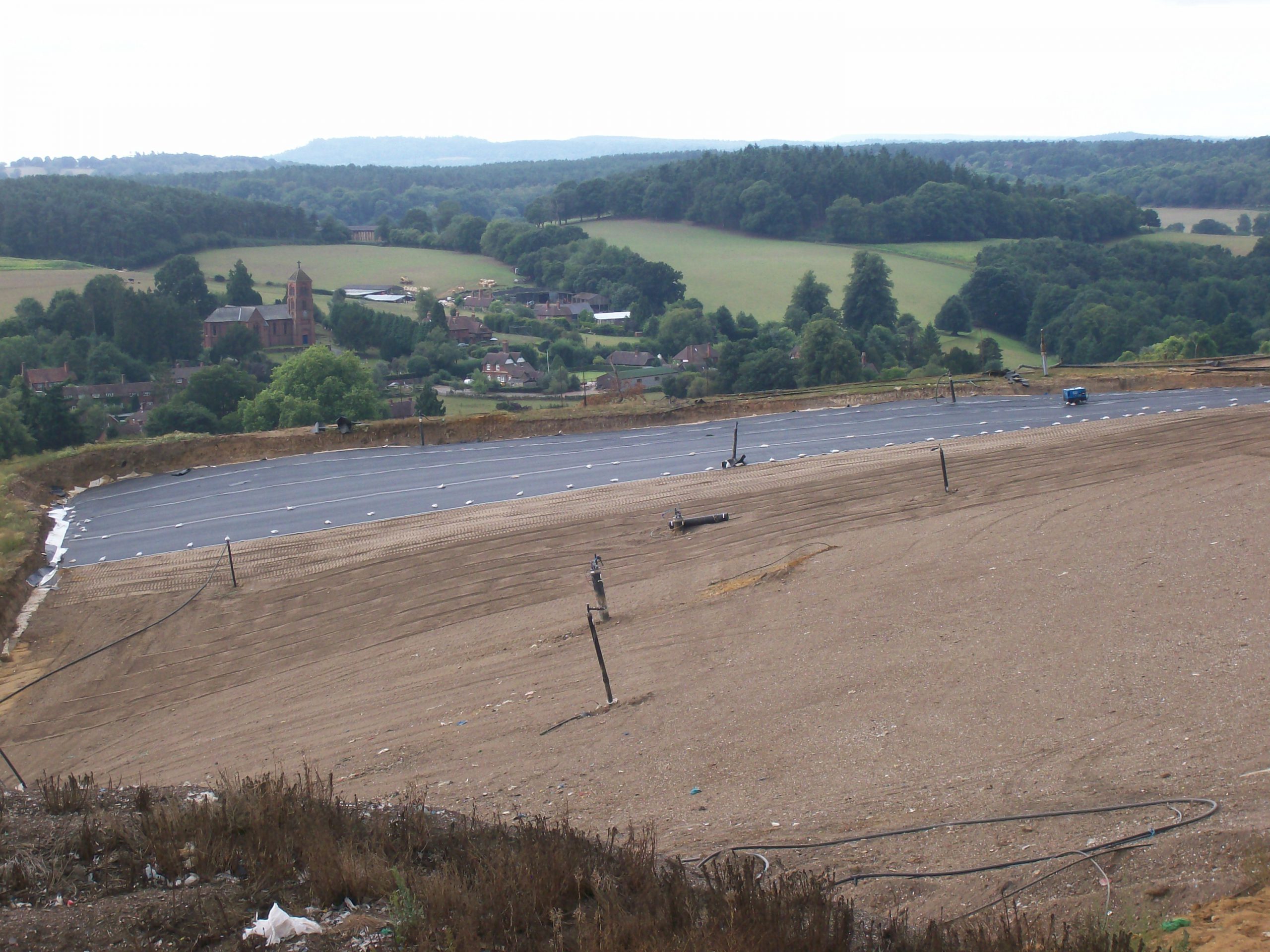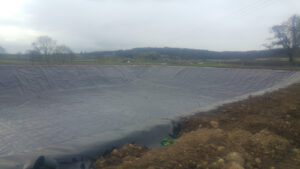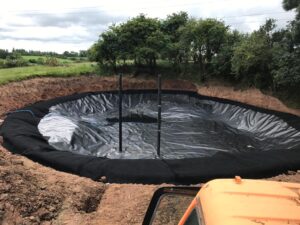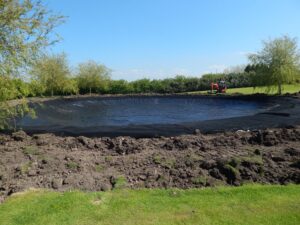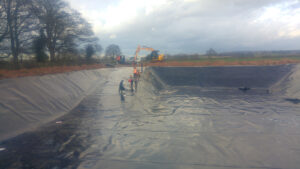Landfills are essential components of waste management systems, but their proper closure is equally crucial in ensuring environmental protection and long-term safety. Landfill capping refers to the process of sealing and securing a landfill site once it reaches its capacity or at the end of its operational life. This closure procedure involves the installation of various layers and materials to contain waste and prevent environmental contamination.
Understanding Landfill Capping
Landfill capping is the final phase in the life cycle of a landfill, aiming to isolate the waste from the surrounding environment and minimise the risk of pollutants leaching into the soil and water sources. The capping system provides a protective barrier over the waste, sealing it and reducing potential environmental hazards.
Components of Landfill Capping
Protective Cover System
The protective cover system comprises several layers designed to prevent water infiltration and control gas emissions:
Geomembrane: An impermeable membrane, often made of high-density polyethylene (HDPE) or similar materials, acts as a barrier against leachate and gas migration.
Drainage Layer: A layer of gravel or synthetic materials facilitates proper drainage, directing water away from the waste and preventing it from accumulating within the landfill.
Vegetative Cover: Planting vegetation over the capping system aids in controlling erosion, stabilising the cover, and enhancing the aesthetic value of the closed landfill.
Importance of Landfill Capping
Environmental Protection
The primary purpose of landfill capping is to prevent the release of contaminants into the surrounding environment. A properly capped landfill reduces the risk of soil and groundwater pollution, protecting ecosystems and public health.
Regulatory Compliance
Regulations often mandate the closure and capping of landfills to ensure adherence to environmental standards. Compliance with these regulations demonstrates responsible waste management practices.
Long-Term Stability
A well-designed and implemented capping system contributes to the long-term stability and safety of the closed landfill. It minimises the potential for subsidence and maintains the integrity of the site.
Capping Process and Maintenance
Professional Installation
Expert installation is crucial for the effectiveness of landfill capping. Precise engineering, proper material selection, and adherence to regulatory guidelines are essential.
Ongoing Monitoring
After closure, regular monitoring and maintenance are necessary to ensure the integrity of the capping system. Inspections, maintenance of vegetative covers, and assessments of gas and leachate are part of this process.
Conclusion
Landfill capping serves as a vital step in the responsible management and closure of landfill sites. Its significance lies in safeguarding the environment, complying with regulations, and ensuring the long-term safety and stability of closed landfills.
By employing proper capping techniques, utilising quality materials, and conducting routine monitoring and maintenance, landfill owners and waste management authorities can mitigate environmental risks and uphold their commitment to the environment. A well-executed landfill capping process is a testament to responsible waste management practices, contributing to a healthier and more sustainable environment for future generations.

